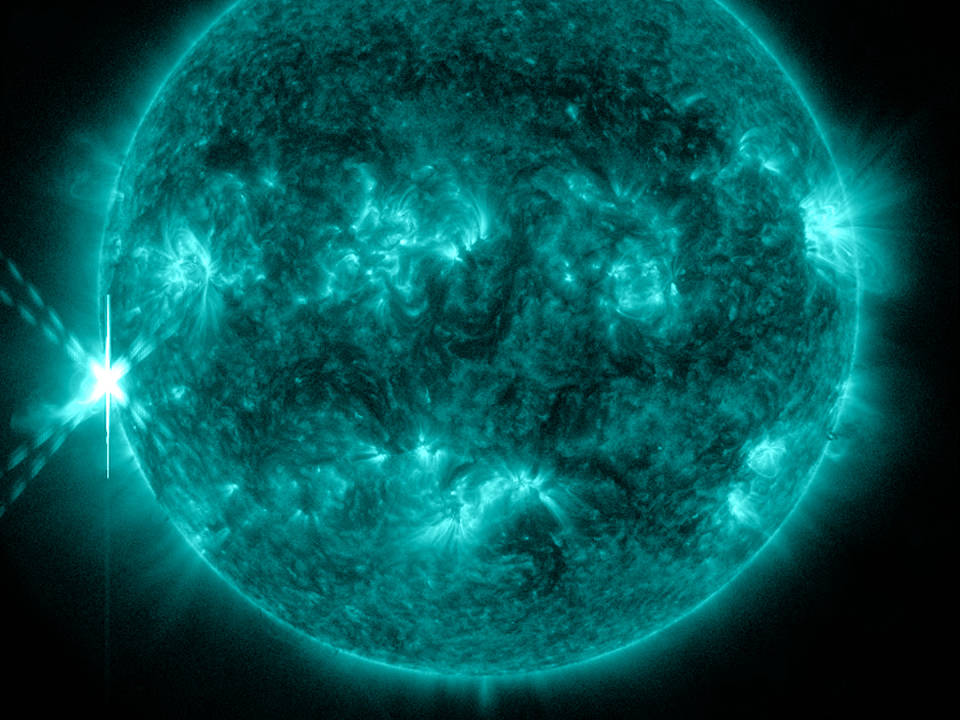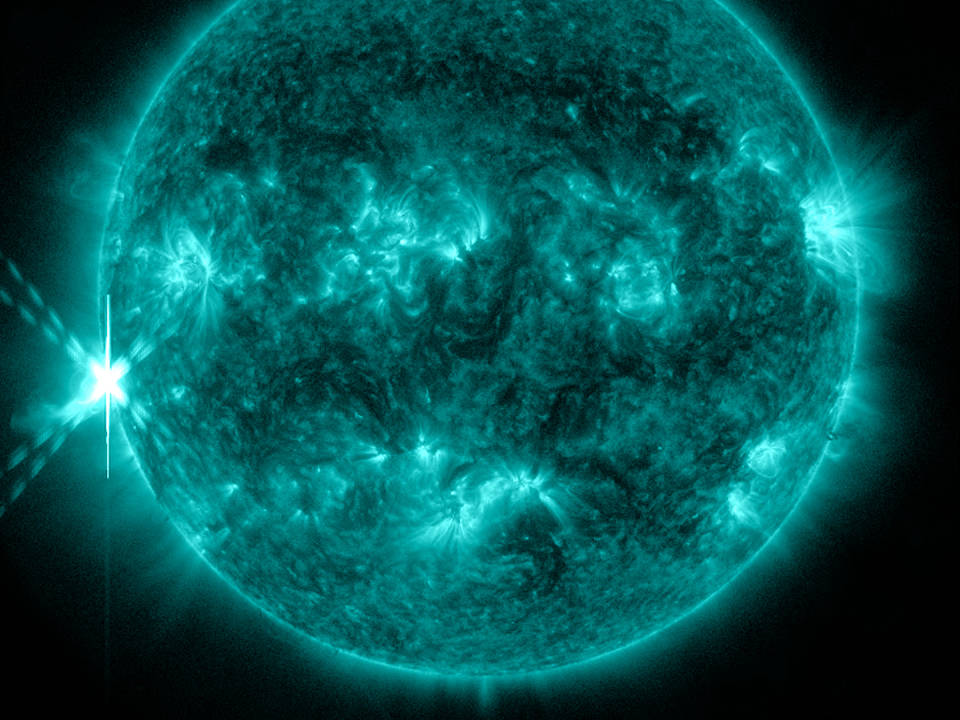New Study Updates NASA on Space-Based Solar Power
Space-based solar power offers tantalizing possibilities for sustainable energy – in the future, orbital collection systems could harvest energy in space, and beam it wirelessly back to Earth. These systems could serve remote locations across the planet to supplement the terrestrial power transmission infrastructure required today. Countries around the world are investing in space-based solar […]

3 min read
Preparations for Next Moonwalk Simulations Underway (and Underwater)

Space-based solar power offers tantalizing possibilities for sustainable energy – in the future, orbital collection systems could harvest energy in space, and beam it wirelessly back to Earth. These systems could serve remote locations across the planet to supplement the terrestrial power transmission infrastructure required today.
Countries around the world are investing in space-based solar power research and development, and international organizations are focused on reducing carbon emissions to net-zero by 2050. NASA is considering how best to support space-based solar power development. “Space-Based Solar Power,” a new report from the NASA’s Office of Technology, Policy, and Strategy (OTPS) aims to provide NASA with the information it needs to determine how it can support the development of this field of research.
“This analysis compares the lifecycle cost of two conceptual space-based solar power systems versus their potential for net emissions reductions,” said Charity Weeden, who leads NASA OTPS. “By considering scenarios like these, OTPS helps NASA understand the technological, policy, and economic implications that would need to be addressed.”
The OTPS report considered the conditions under which space-based solar power would be a competitive option to achieving net-zero greenhouse gas emissions when compared to other sustainable solutions. The report also considered what role NASA could play in the development of space-based solar power systems.
Creating a space-based solar power system would require addressing several significant capability gaps. Researchers would need to find ways to assemble and maintain large systems in orbit, enable those systems to operate autonomously, and develop efficient power-beaming to bring the harvested energy to Earth. These systems may need to operate in geostationary orbit, higher than the low-Earth orbit paths used by many of today’s satellites, which would carry additional challenges.
And prior to the point of bringing space-based solar power systems online, launch and manufacturing costs would need to be addressed – moving all that mass into orbit would require many sustained missions to carry infrastructure into space.
The OTPS report considered the potential of a space-based solar power system that could begin operating in 2050. Based on that timeline, the report found that space-based solar power would be more expensive than terrestrial sustainable alternatives, although those costs could fall if current capability gaps can be addressed. The report shows that emissions from space-based solar power could be similar to those from terrestrial alternative power sources but it noted that this issue requires more detailed assessments.
NASA is already developing technologies for its current mission portfolio that will indirectly benefit space-based solar power, the report found. These include projects focusing on the development of autonomous systems, wireless power beaming, and in-space servicing, assembly, and manufacturing.
NASA frequently reevaluates how it approaches issues that could affect the agency’s missions. The report noted that further analysis of space-based solar power could be warranted – including evaluations of the technology for potential lunar applications – as the technology progresses and capability gaps are addressed.
The report and other OTPS documents advising NASA on technology, policy, and strategy issues are available on the office’s webpage.
Share
Details
Related Terms
What's Your Reaction?









































